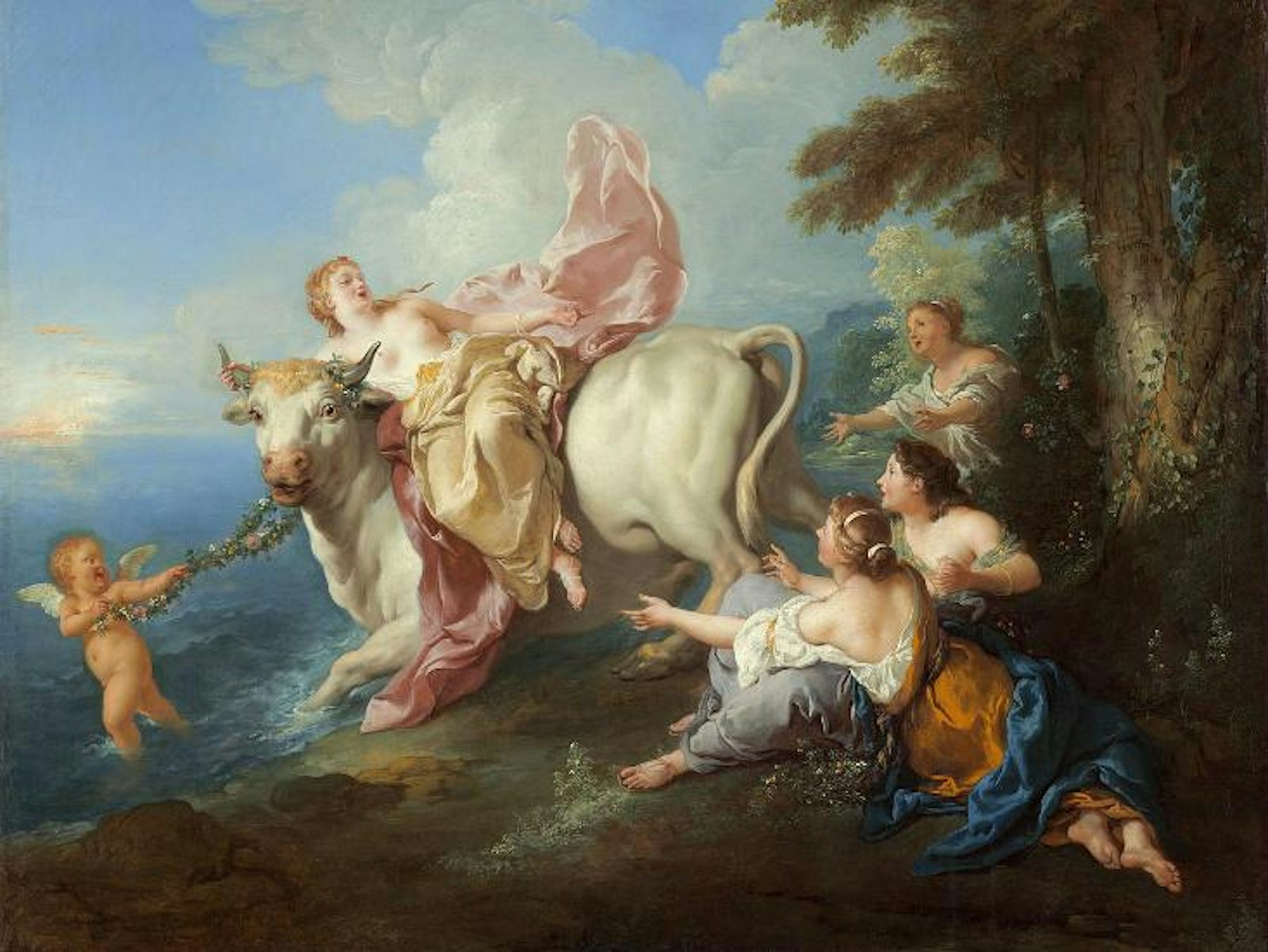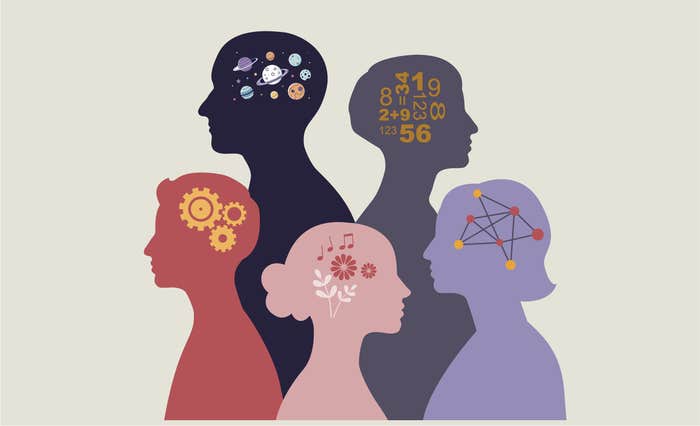Creativity is an important driver of innovation, and in the arts and industry people work hard to be more creative, sometimes shelling out lots of money for creativity consultants. But is more creativity always better? Is there such a thing as being too creative?
Although many art innovations of the 20th century were wildly creative, most people prefer to look at paintings with more traditional and realistic depictions. It seems to take some level of expertise to appreciate more abstract and conceptual stuff. This is true of product design as well. Auto experts, for example, prefer cars with more unusual designs than everybody else does. This expertise effect has been has been demonstrated in laboratory experiments—simply exposing people to innovative car designs makes them, in a sense, experts, who then prefer more innovative designs.
These studies suggest that there is only a certain level of novelty that most people are willing to tolerate. Too little creativity is boring, but if it’s too creative people will think it’s weird. What is going on in people’s minds?
When we perceive something, our minds break it up into components we can recognize. For example, when you hear someone speaking your native language, you can effortlessly make out all of the words; when you hear a language you don’t understand, it’s hard to make out patterns—we don’t even know where their words begin and end. As we gain experience with a domain, be it a language, a painting style, or car designs, we learn about more and more patterns and are able to recognize them. “Processing fluency”—the ease of understanding something—predicts aesthetic appreciation. Recognizing patterns allows for more efficient memory storage, and this ends up translating to judgments of beauty. (See Samuel Arbesman’s Nautilus feature, “Math as Myth,” for more on how processing fluency affects our thinking.)
This suggests why some works of art might be too creative for people to actually like. Some films with unconventional plots, or with no plots at all, give us too few patterns to hang on to, and we find them baffling and, ultimately, boring. Experts in a field, because they have more patterns in their heads to recognize, are more tolerant of greater novelty. So why isn’t all art as simple as possible?
Because psychologically, being interesting is an important part of being beautiful. If things are too familiar we bore of them—we are curious creatures who need new stimulation. Our minds decide that we have learned all we need to from them, and we move on. I remember being hooked on the television show The X-Files, which was chock full of strange things to wonder about. When the movie came out I loved it because it tied up so many loose ends. But a funny thing happened after that—I stopped watching the show. I felt like I didn’t need to because I knew the answer to all of the mysteries that had driven me to watch it in the first place.
A statue that bleeds is plausible, a tree with a mind is plausible, and a person that lives forever is plausible—but not a tree that bleeds, can transform into a person, and cries.
These limits to what level of creativity people find acceptable also applies to religion. It’s been estimated that two or three new religious movements are launched every day, and while some are successful, most are not. It turns out that this sweet spot between familiarity and incongruity also applies to supernatural agents such as the gods and spirits of religion. Studies have found that supernatural agents that people find most acceptable tend to be from a familiar basic category (e.g., a plant, an object, or a person) with one or two attributes from some other category. For example, a statue that bleeds is plausible, a tree with a mind is plausible, and a person that lives forever is plausible—but not a tree that bleeds, can transform into a person, and cries. Even atheists will find violations of this rule intuitively more implausible. The more easily graspable ideas are sometimes labeled “minimally counterintuitive,” and a set of experiments has shown that people in general find them more acceptable and memorable than mundane ideas or merely counterfactual ideas (such as a baby that can cook soup, which happens to be unlikely but does not violate our basic categories: Humans can cook soup, and a baby is just a young human).
Religious stories as well as fantasy fiction tend to have mostly mundane concepts, with occasional minimally counterintuitive concepts thrown in to keep it interesting. Studies have shown that this is the optimal mix for long-term memorability. Too many intuitive ideas or too many counterintuitive ideas results in poorer recall over time. This is true for fiction as well as in religion. A study of creatures from folk tales that undergo metaphorphoses shows that more often things change to similar ontological categories—for example, in stories it is more common for people to transform into animals than into plants. The more closely the creature adheres to this rule, the more famous the story is. Counterintuitive ideas, in small quantities, are more interesting and more easily remembered, giving them a distinct advantage in their cultural survival over time. (See my related earlier post, “Mutation Helps Create the Most Durable Religions.”)
This allows us to reinterpret some psychological studies of human creativity. For example, in Thomas Ward’s classic study, people designed and drew aliens on paper, and the results were pretty dismal—normal people appear to be strikingly uncreative. Most pictures were just re-combinations of Earth creatures: people with horns, or horses with wings. In my laboratory we witnessed the same phenomenon among people using the Spore Creature Creator, a piece of software especially designed to help people be more creative!
But if we consider that the most compelling creations stray just a bit but not too far from the familiar, perhaps people are trying to create things not of maximal, but of optimal creativity. Through the arts and religion, for something to be accepted by people it needs to have enough creativity to keep them interested—but not so much that it’s incomprehensible.
Jim Davies is an associate professor of cognitive science at Carleton University in Ottawa and director of the Science of Imagination Laboratory. He is author of Riveted: The Science of Why Jokes Make Us Laugh, Movies Make Us Cry, and Religion Makes Us Feel One With the Universe.


























